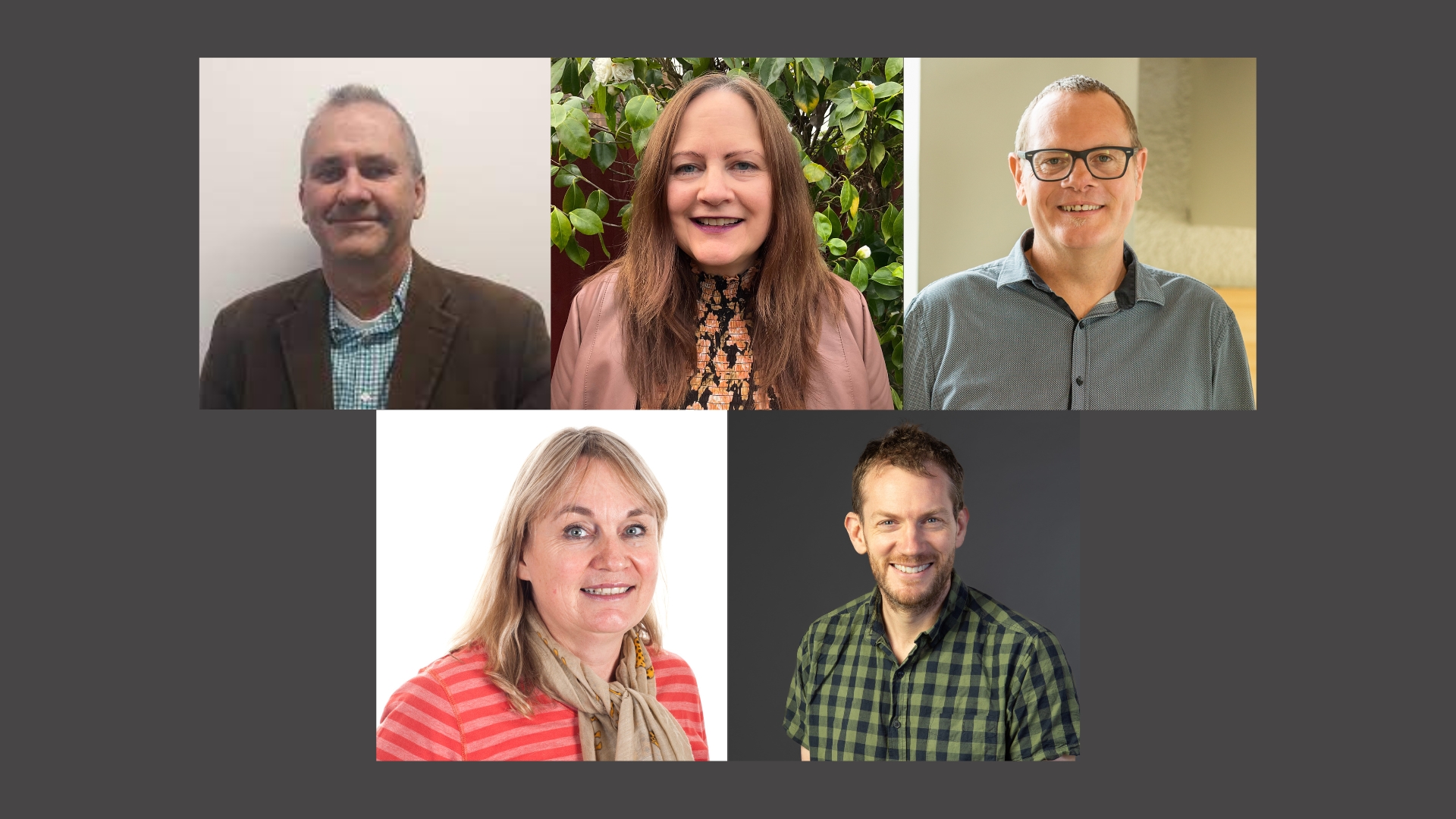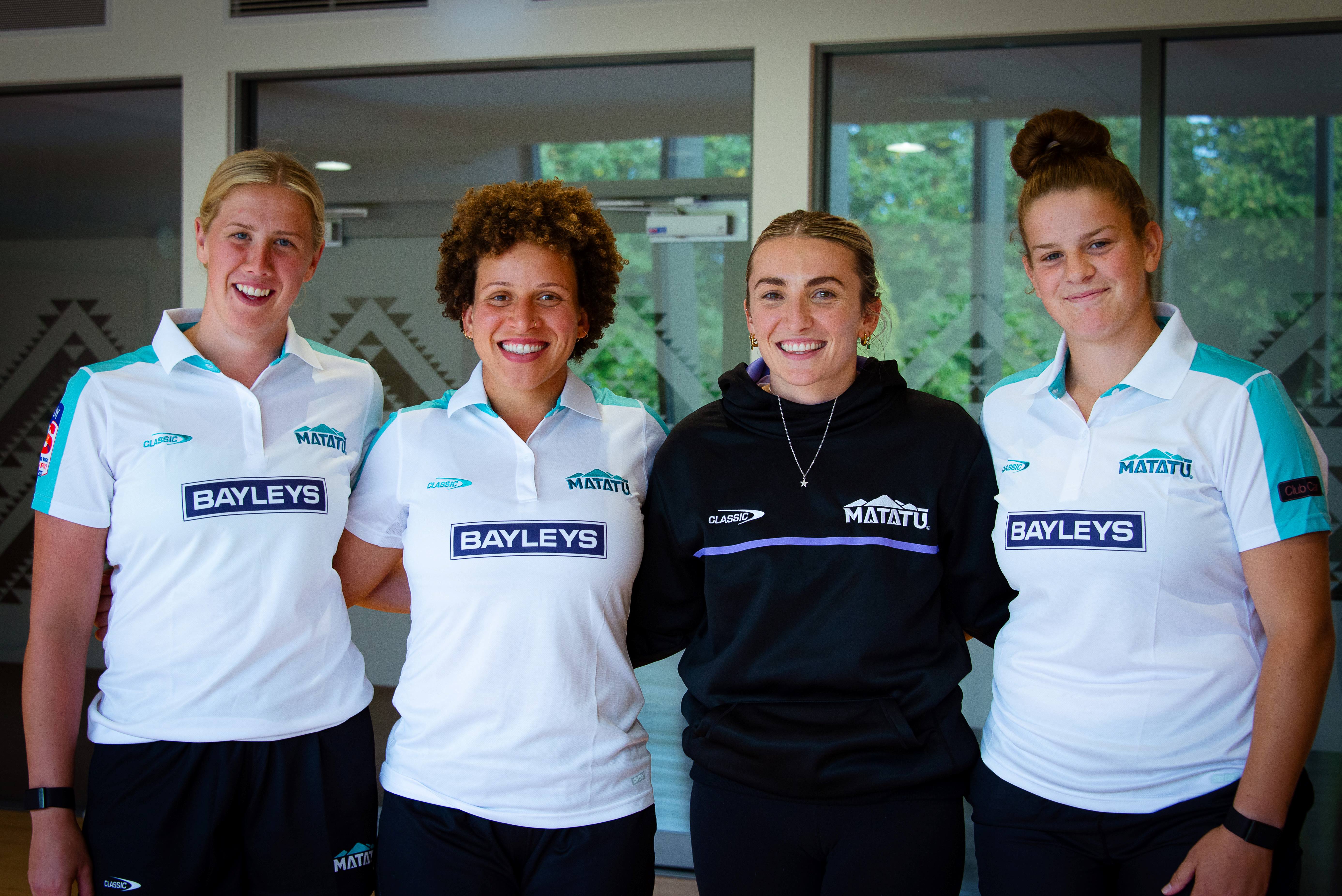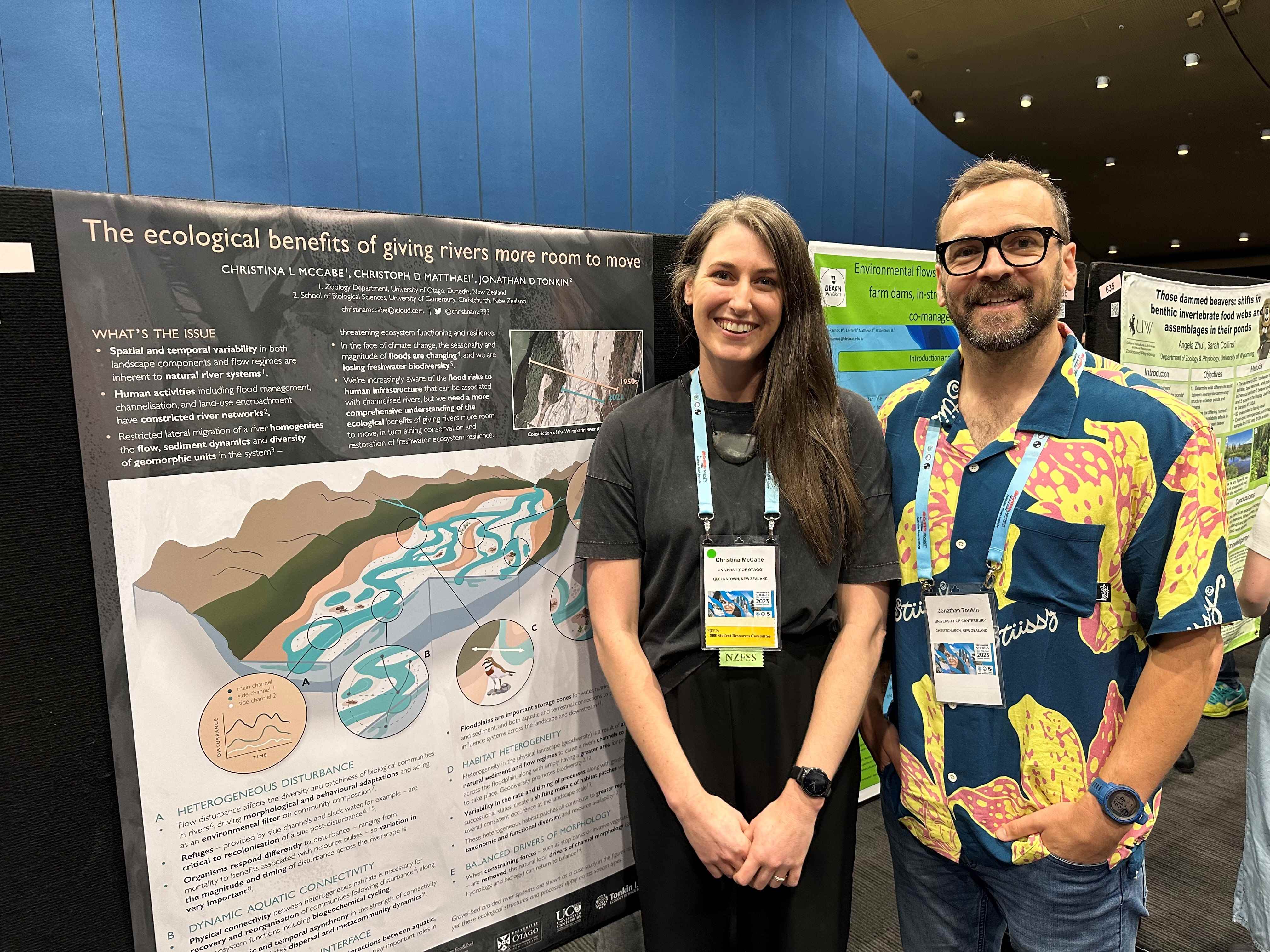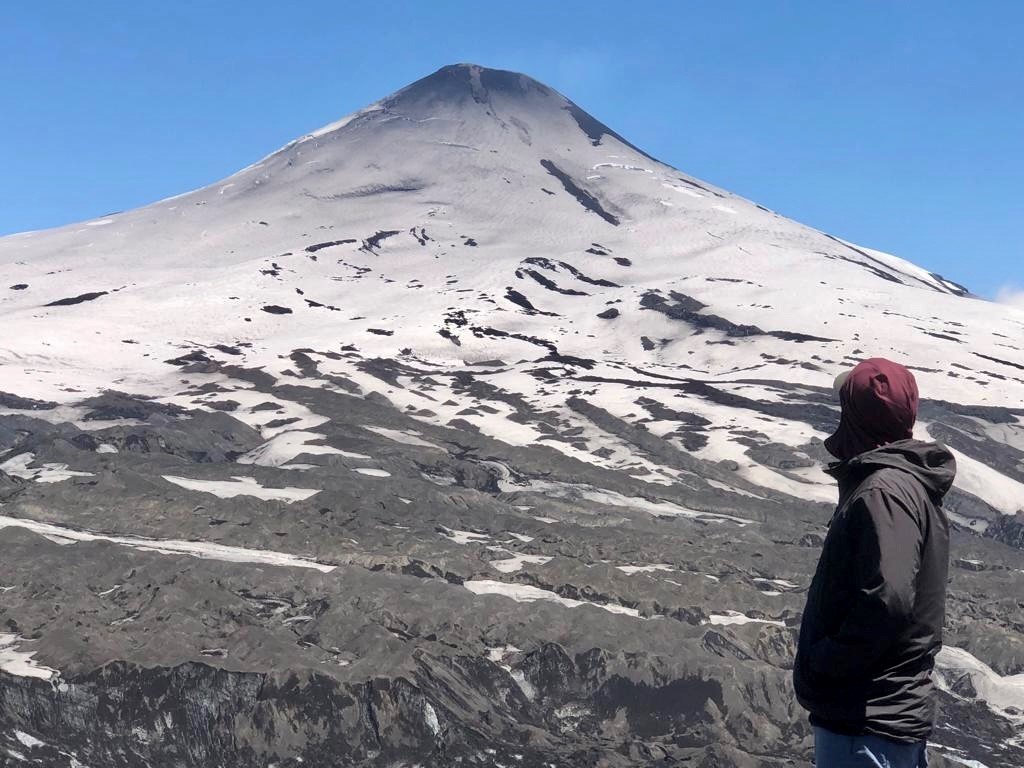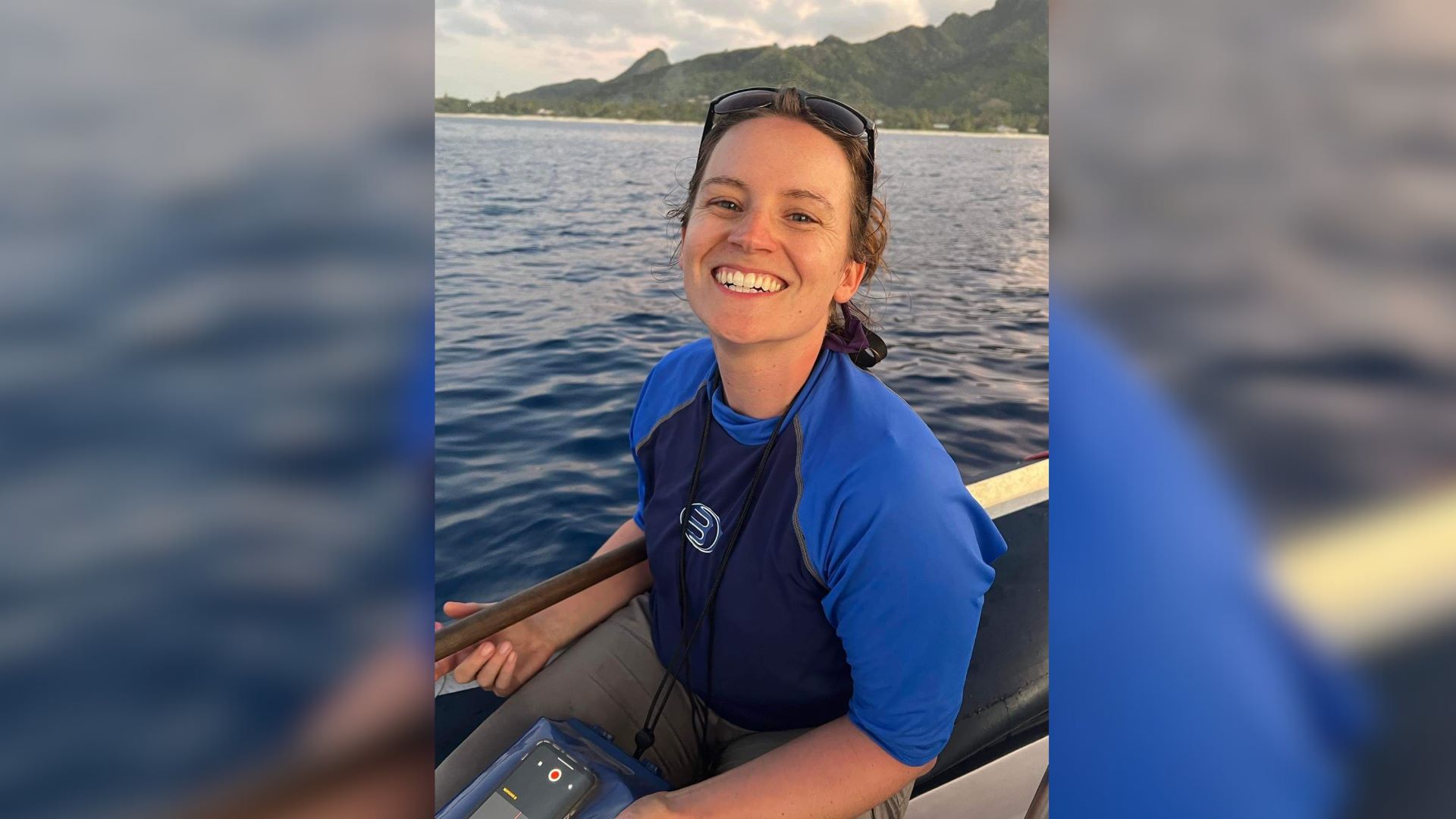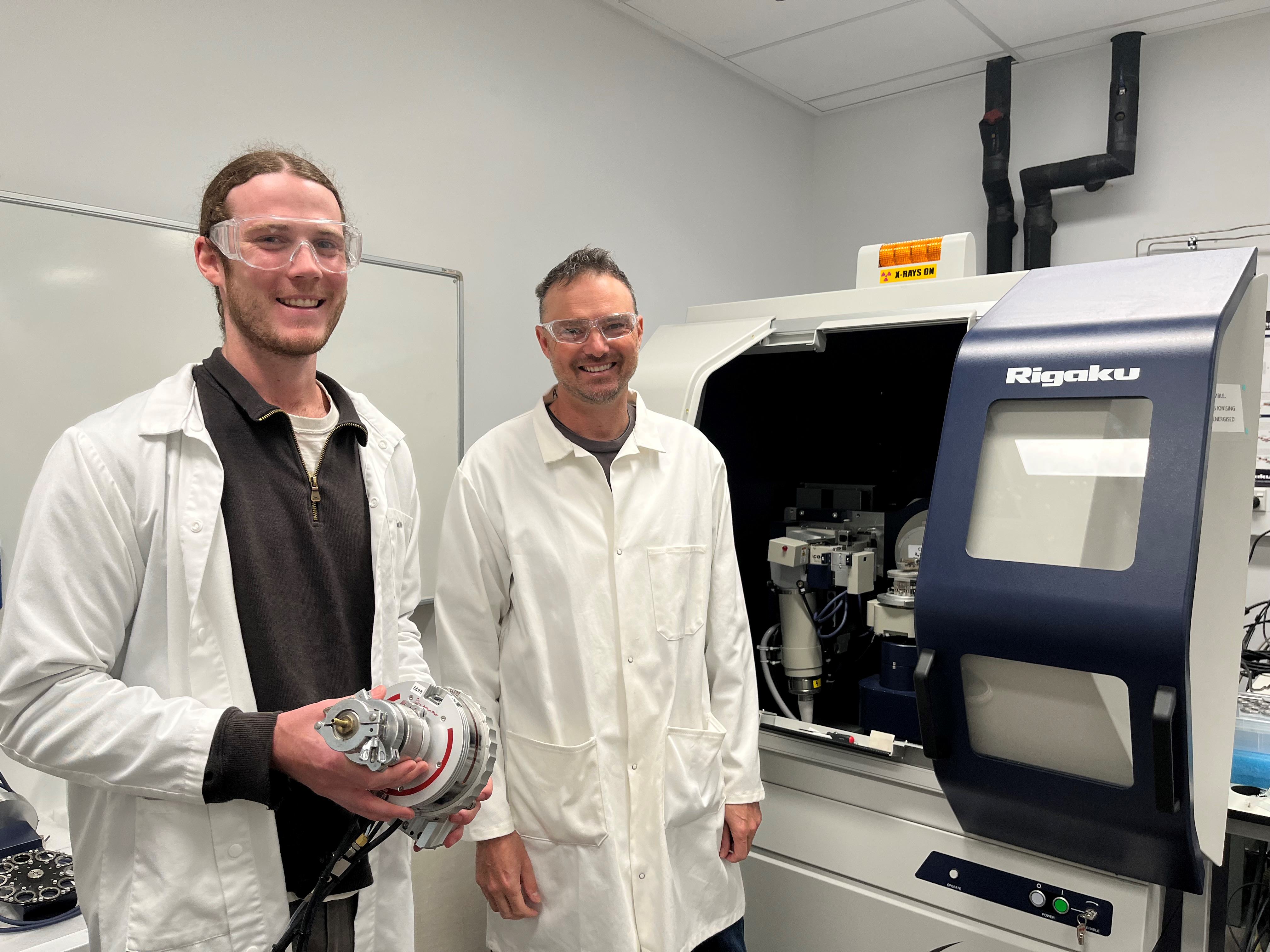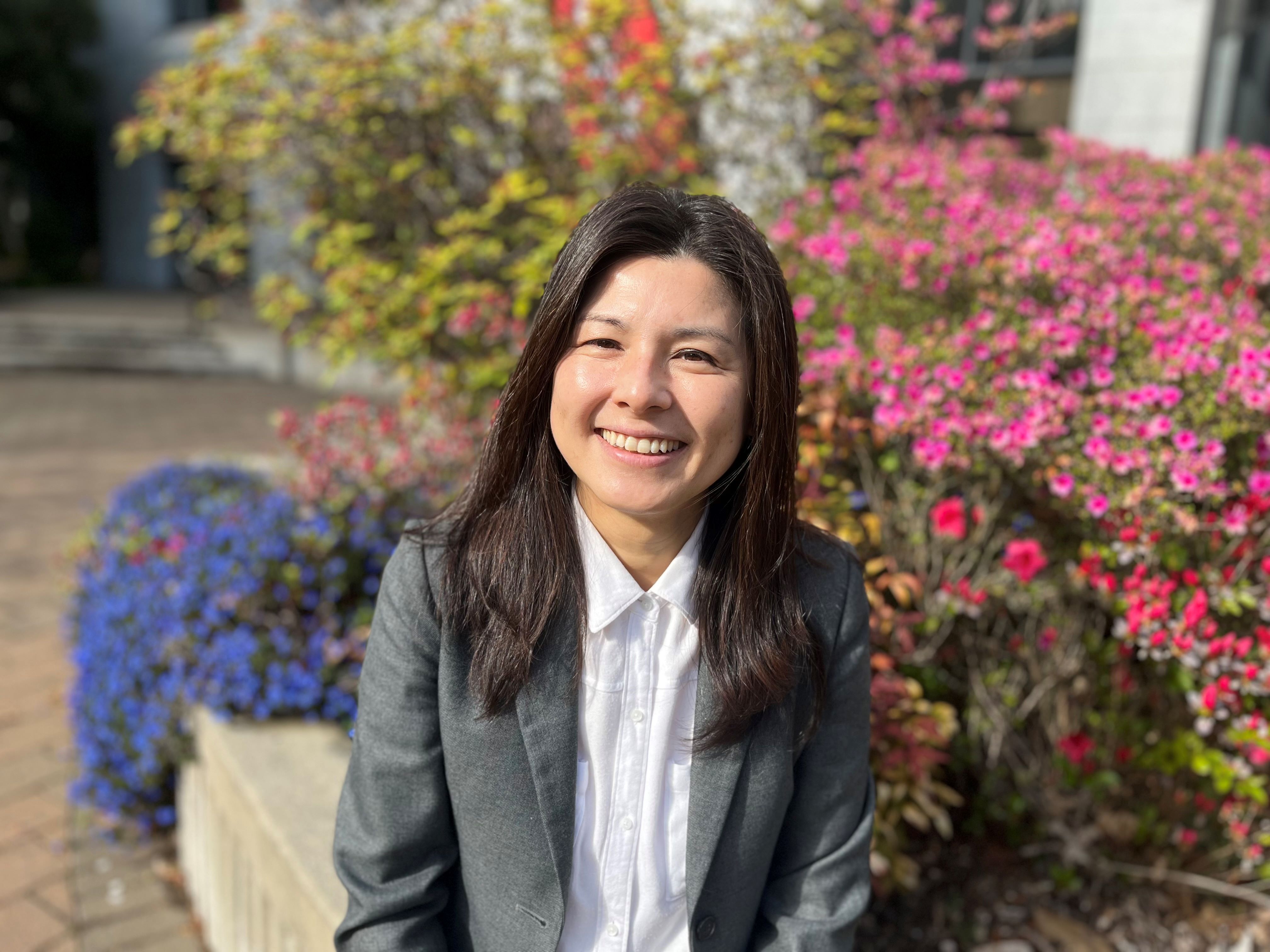“Being able to understand the activities of the early Polynesian voyagers on these islands and understanding the deeper cultural heritage will help us understand the broader questions related to our ancestors,” Dr Prebble says.
These isolated, inhospitable islands are within a World Heritage conservation area and a Marine Mammal Sanctuary with populations of endemic marine mammals and birds living in an area with limited human interference, except for conservation activities.
Dr Prebble and the Ngāi Tahu-led team of 11, including archaeologists, researchers, mana whenua from Murihiku Southland, students, colleagues from University of Auckland and Department of Conservation, went to the islands recently with the aim of answering questions such as: why did people go to the Subantarctic Islands? Were there repeated visits? Was it only visited during certain times of the year to hunt sea lions or migratory birds?
“The last research on early Māori exploration of these islands was over 20 years ago, and a lot has changed since then. This year, we took drones and other technology to help with site monitoring, mapping, collecting samples, and excavations,” Dr Prebble says.
“Sandy Bay on Enderby Island, which is part of the Auckland Islands, is a rāpoka sea lion and hoiho yellow -eyed penguin breeding area, and as the populations have been recovering from the 19th century sealing industry, they have been damaging archaeological sites. So, to preserve the island’s cultural heritage, once the earth ovens have been completely 3D-mapped, they will be excavated and reconstructed for a museum display,” he says.
The samples of bird bones, shells, charcoal, stones, and soil are being analysed at UC in the School of Earth and Environment laboratories. “So far we have identified worked stone and bones, including the manufacture of bone sewing needles, for clothing manufacture” Dr Prebble says.
“The extent of the charcoal recovered from the ovens is especially intriguing and we will be looking at reconstructing the function of the excavated umu using Fourier Transform Infrared Microscopy to assess whether the charcoal was heated at temperatures used for cooking, or for curing meat for transport back to mainland Aotearoa.”
These archaeological materials will be identified with the help of specialists from several institutions and will be the focus of several UC student projects. The large amount of collected bird bones will allow the team to better assess the past status of many of the birds that breed on the island, as a baseline. This may help target conservation measures to enhance the habitat for birds.
Funded by a Royal Society Te Apārangi Marsden grant, the researchers’ next set of excavations and environmental investigations will be conducted on other offshore islands around Aotearoa that have significant cultural heritage value.



